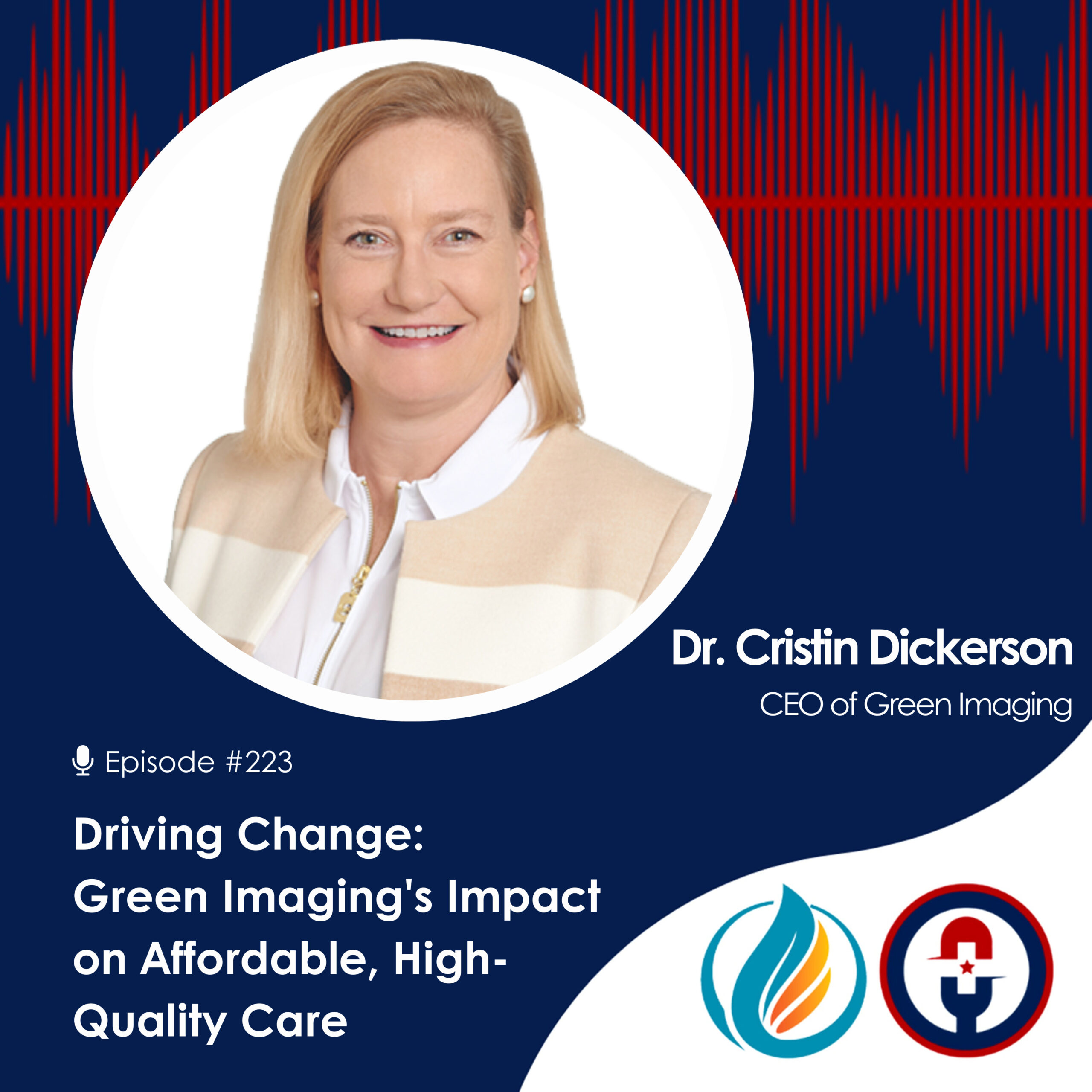Bone Health won’t Break the Bank

As part of the ongoing commitment to your health and well-being, it’s vital to emphasize the importance of preventative healthcare practices, particularly in an often ignored and overlooked issue, the area of bone health. As Benjamin Franklin famously said: “An ounce of prevention is worth a pound of cure.” So, a little bit of preventative effort can be very meaningful for our quality (and cost) of life in the future.
Osteoporosis and other bone-related diseases pose significant health risks as we age, affecting millions worldwide. Fortunately, there is an effective tool to diagnose and help manage these conditions called the Dual-Energy X-Ray Absorptiometry (DXA) exam. This article will share the importance of DXA exams, the necessity of choosing a high-quality provider, and the risks of neglecting this crucial aspect of your healthcare.
Understanding DXA & Its Importance
DXA exams are the gold standard for measuring bone mineral density (BMD). Specifically, this test is critical as it helps in the early detection of osteoporosis, a condition where decreased bone strength increases the risk of a broken bone. A DXA exam is a simple, quick, inexpensive, and non-invasive procedure that provides a snapshot of your bone health.
The risks of bone density loss are serious and should not be taken lightly. According to a study completed by the Centers for Disease Control 2017-2018, 43.1% of adults over the age of 50 suffer from low bone mass – a precursor to osteoporosis.
Who Is Most at Risk?
Osteoporosis can affect anyone, but certain factors increase the risk:
Age: Individuals over the age of 50 are at a higher risk**
Gender: Women are more likely to develop osteoporosis than men, especially postmenopausal women due to the sharp decline in estrogen, a hormone that helps regulate bone density.
Family History: A family history of osteoporosis increases risk.
Lifestyle Factors: Smoking, excessive alcohol consumption, and a sedentary lifestyle
Dietary Factors: Inadequate intake of calcium and vitamin D
An important note: an active, healthy lifestyle does not translate to healthy bone density. Therefore, even marathon runners should take this seriously especially if they have any of the above risk factors.
Establishing a Baseline for Comparison
For those at risk of osteoporosis or already managing the condition, periodic DXA exams are recommended. The initial test establishes a baseline bone density, against which all future readings will be compared. This baseline is vital as it helps in tailoring individualized treatment plans and interventions.
Because DXA machines will vary in their specific calibration, it’s important that regular follow-up exams use the same machine to ensure that changes in bone density are monitored accurately, allowing for timely modifications in a treatment plan. The baseline results of the initial DXA test provide a starting point to measure against, and thus the earlier the first exam is conducted, the sooner any trend of bone loss can be identified.
Note there are other ways to assess bone density. Ultrasound of the heel can be used as a screening exam and CT bone density is actually an excellent tool, but few facilities offer it.
DXA in Plan Design and Cost Containment
Most plans include DXA scans if ordered by a physician and are typically in the $150-$200 range. This seems like a relatively small investment to avoid catastrophic injury and cost. According to bonehealthandosteoporosis.org, osteoporosis-related bone breaks cost the US healthcare system, patients, and their families $19 billion annually. A 2011 study estimated that the annual cost of osteoporosis and related fractures was $8,600 for each fracture. Additionally, when medications are recommended by physicians, health plan owners and participants should be smart consumers. Reports of generic medication options sourced globally or through lower-cost channels could yield thousands of dollars in savings for members and plans.
In Summary…
Bone health is a critical aspect of overall health that should not be overlooked. All employees, particularly those who fall into the high-risk categories, should discuss with their healthcare providers the benefits of DXA exams as taking charge of your bone health is a crucial step towards a healthier, more active (and less expensive) future.
** Worldwide, 1 in 3 women over age 50 will experience osteoporosis fractures, as will 1 in 5 men aged over 50.**
Do you need more information or help scheduling an exam?
Click this link for more information on bone density or to schedule an exam.








